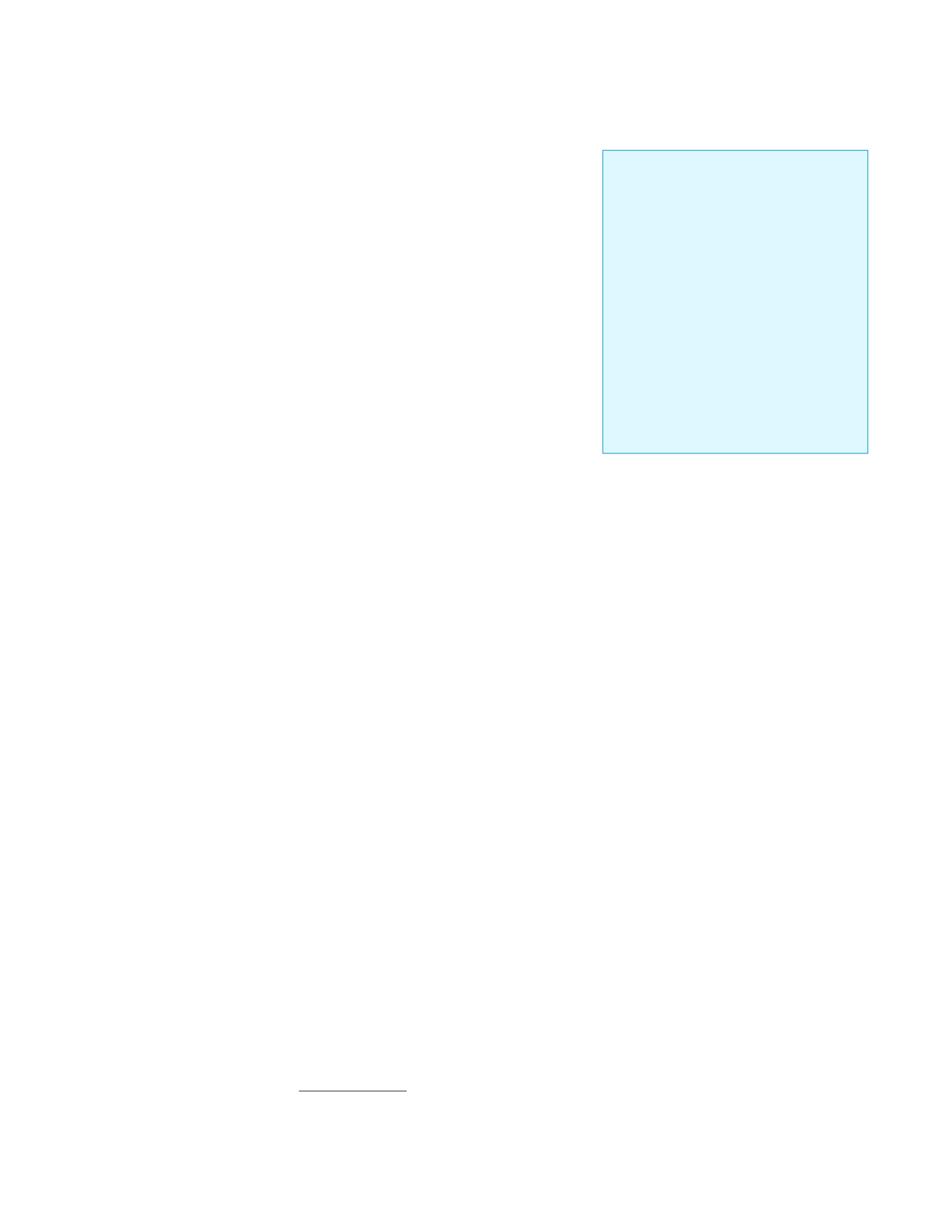
64
S
tate
of
I
ndia
’
s
L
ivelihoods
R
eport
2015
There is stagnation in the availability of
green fodder and the deficit over the years is
increasing. The major reasons for shortage
of feed and fodder are increasing pressure
on land for growing food grains, oil seeds
and pulses and inadequate attention to the
production of fodder crops. Crop residues
are the largest single source of bulk feed
material available to farmers for feeding live-
stock. These include coarse and fine straws,
leguminous and pulses straws. Crop diver-
sification, which has been seen in the recent
years with commercial crops replacing the
traditional cereal crops especially the coarse
cereals, has an impact on the availability of
crop residues. The area under cultivated
fodder production is limited to only five
per cent of the total cultivable land and has
remained static since the last four decades.
Owing to the importance of food crops, cash
crops and their higher profitability, it is very
unlikely that the area under fodder cultiva-
tion would increase substantially.
Fodder fromcommonproperty resources
is another major source of feed for animals.
The dependence of marginal and small
farmers on common lands around their
villages to meet the demand of fodder for
at least 4–5 months of the year is increasing
as the quality of animals is improving. But
lack of efficient management of common
property resources is a major constraint in
availability of these resources for fodder.
The grazing lands are gradually diminish-
ing. Majority of the grazing lands have
either been degraded or encroached upon
by restricting their availability for livestock
grazing. In the states of Haryana, Punjab,
Gujarat and some parts of Rajasthan, land
use for green fodder production is esti-
mated at 10 per cent or more. While Bihar,
Rajasthan, UP, Haryana, J&K and Kerala
have shown growth in land use for fodder
cultivation, Maharashtra has registered the
maximum decline in land usage.
14
Manufacturing of compounded cattle
feed is by and large with the private sector
agencies and dairy federations. The usage of
compounded cattle feed has not witnessed
the desired level of growth over the years.
The escalating price of feed ingredients
(Box. 4 4) such as de-oiled bran and molas-
ses which constitute 35 per cent and 12
per cent of the cattle feed respectively can
render dairy farms unviable. The wholesale
price index (WPI) of milk and cattle feed
has kept the same pace in the last five years.
Awareness and adoption of improved
fodder production and conservation tech-
nologies among farmers can significantly
increase the production and availability of
green fodder in termof quality and quantity.
Institutions like BAIF, NDDB demonstrate
cultivation of improved varieties of fodder
crops. The Ration Balancing Programme
(RBP) envisaged in the NDP will facilitate
the dairy farmers in providing a nutrition-
ally balanced feed which can be cost effective
since it uses locally available ingredients with
dairy farmers (Box 4.5).
Though the availability of feed and fodder
has improved since the last decade, still a lot is
required to be done to bridge the gap between
the demand and availability of fodder; at
today’s demand level for milk production,
there is a need to double the land for fodder
growing/pasture land development. The
National Livestock Mission (NLM) has an
Box 4.4:
Bran and wheat at the same
price
The cost of wheat bran, a by-product of wheat
and used in cattle feed is
`
18 per kilo whereas
the cost of wheat itself is only
`
19 per kilo. I
read in newspapers that India is exporting
wheat bran and hence the prices for domestic
users have also increased. Government has to
look into the pricing mechanism and ensure
appropriate policies for exports so that farm-
ers are not deprived on both sides.
Dairy Farmer, Pune.
Source:
Round Table discussions with groups
of dairy farmers and dairy experts in BAIF,
Pune on 17 August 2015.
14
Suruchi Consultants, Dairy Industry Vision 2030,
8th in series, 2014.
.
com/pageDownloads/report/63_Surchi_DIV_2030.pdf


